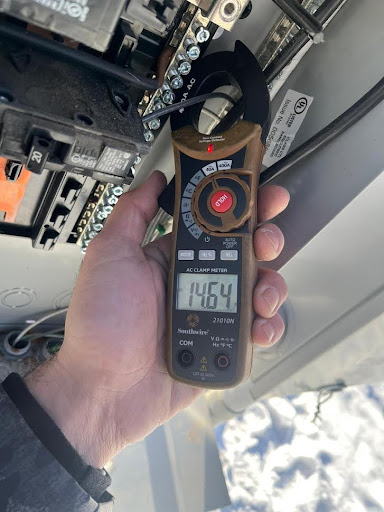One of the most common questions and concerns of LED users is the amount of power required by their new display. The answer varies depending on what type of display is being used. Naturally indoor signs are significantly less brighter than outdoor signs, which in turn means they consume a lot less power. Outdoor signs generally emit a brightness of 6000-10000 nits but the actual consumption varies depending on the resolution of your sign. Higher resolution entails more LEDs which in turn means more LED lights have to be turned on. This necessitates more power.
A common scenario involves a master slave sign setup in which two separate signs are installed back to back. Assuming these signs are P10 (a common resolution) at approximately 3×8 in size we normally advise that EACH sign be hooked to a 20A/110V power line. We calculate that the maximum consumption of each sign will be 20 amps. This information is found in the installation booklet which is provided with your sign.
However, what’s important to note is that 20 Amps is the MAX consumption. On average your sign draws approx. a third of this amount. Hence, even if the electrical connections are incorrect and both signs are connected to one line the signs may work temporarily. However, if certain factors change and the sign begins drawing more power, you will begin to notice your breaker tripping.
What has changed? In many cases the content of your sign has been changed and this has caused fluctuations in electrical consumption. For example, plain text and moving videos consume minimal power. However, white backgrounds require every single LED to turn on, and this draws maximal power. Generally, sold whites, cyans, and yellows consume heavy abouts of power.
Understanding the power requirements of your LED signs are essential to a smooth and trouble free operation. Common signs that you are experiencing electrical issues include obvious symptoms such as the breaker tripping, as well as less visible issues such as communication errors.



